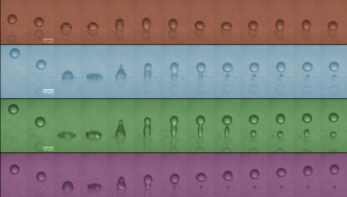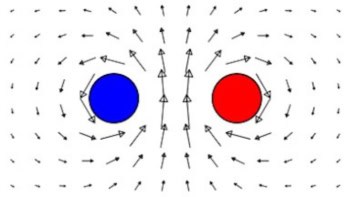Japanese scientists have managed to create an isolated magnetic 'bubble' without having to apply a magnetic field (Science 284 1969). The breakthrough could lead to new forms of magnetic memory. Magnetic bubbles are small regions of material in which the magnetization points in a different direction to the surrounding region. In the past it has been necessary to apply an external magnetic field to create magnetic bubbles, making them unsuitable for data storage applications. However, Tomoteru Fukumura of the University of Tokyo and co-workers have observed the spontaneous formation of magnetic bubbles in a lanthanum-strontium-manganese-oxygen alloy, La1.4Sr1.6Mn2O7. However, the bubbles only form at temperatures around 70 Kelvin. The next challenge is to get the technique to work at room temperature.
Fukumura and colleagues used a scanning Hall probe microscope to study the formation of the bubbles. The compound that they studied is unusual in that its magnetic structure changes markedly with temperature. As the temperature drops, the material becomes more antiferromagnetic (that is, the magnetic moments of neighbouring layers point in opposite directions). This effect eventually causes the net magnetic field to fall to almost zero below 37 Kelvin, leaving only a small domain with any trace of a magnetic field. As the temperature is increased, however, these domains increase in size until they form a regular pattern of magnetic bubbles around 72 Kelvin. The bubbles are extremely stable in external magnetic fields because they are small and circular. However, they collapse again when the temperature is increased above 78 Kelvin. The team believes that by changing the composition of the materials, or by fabricating artificial layers in the structure, the bubbles could be made stable at higher temperatures.



